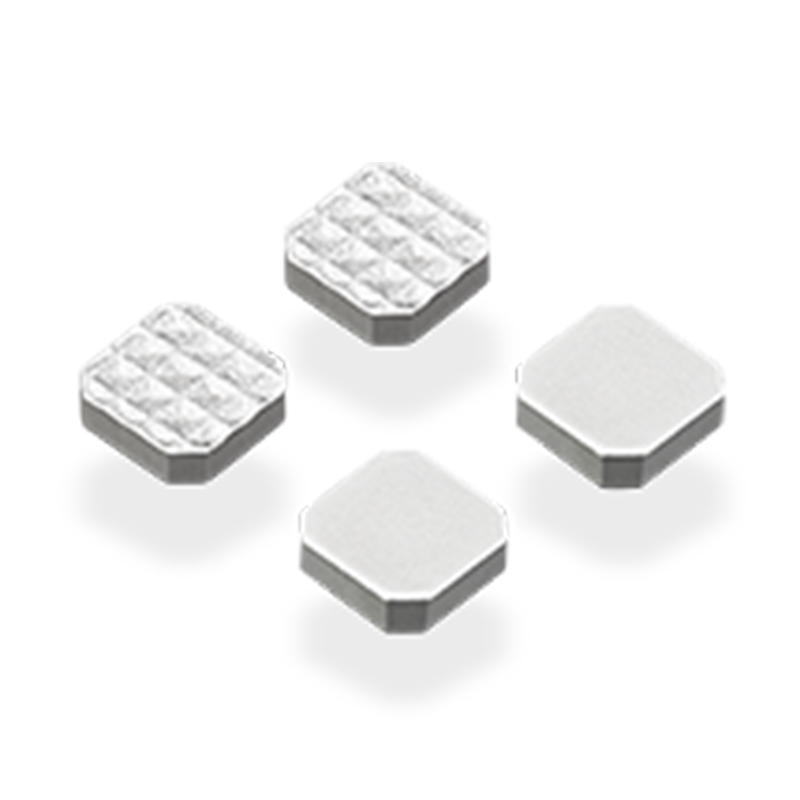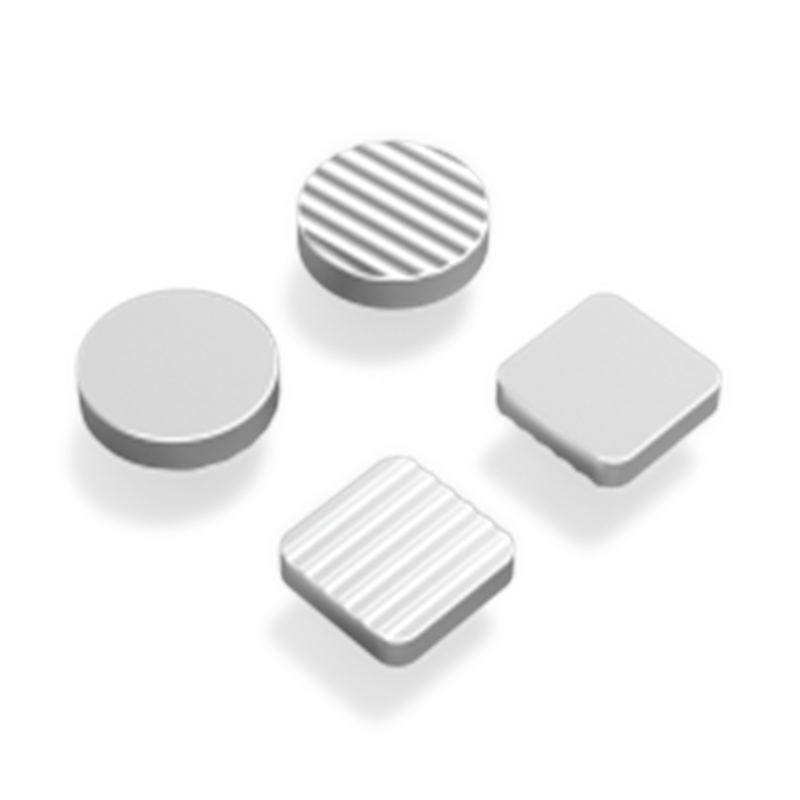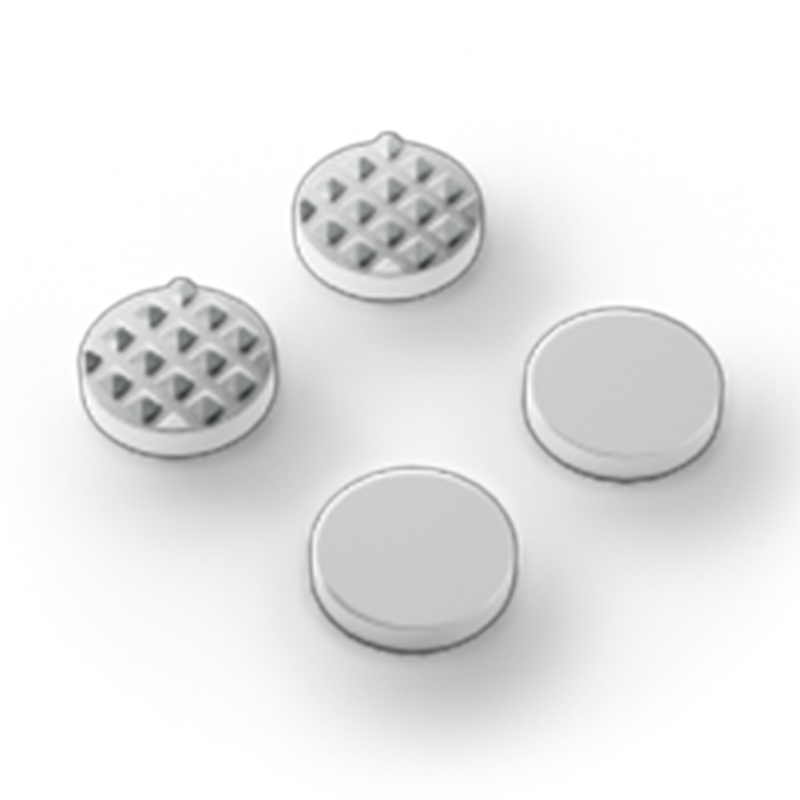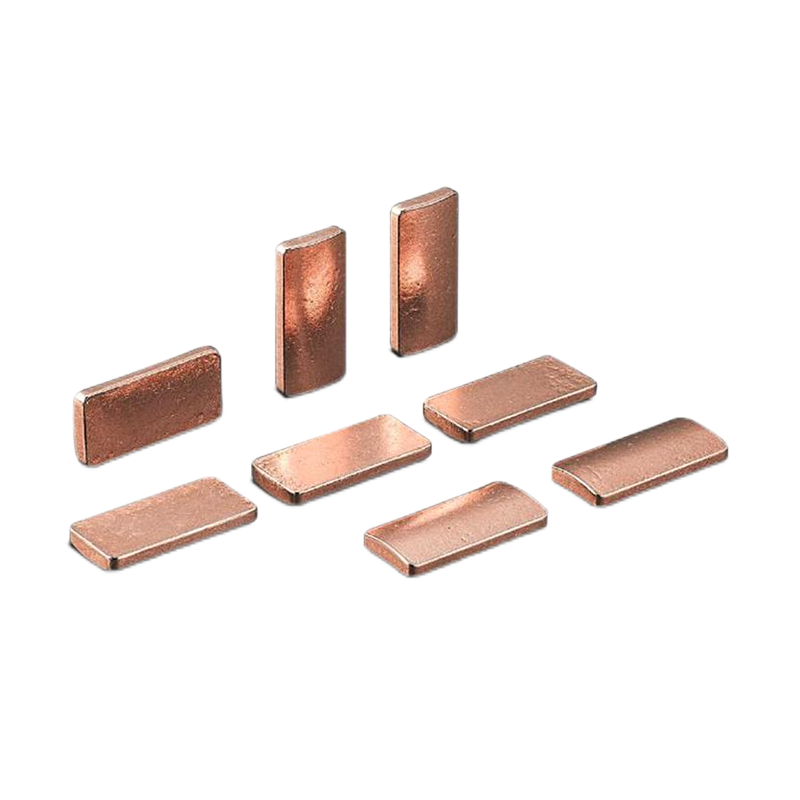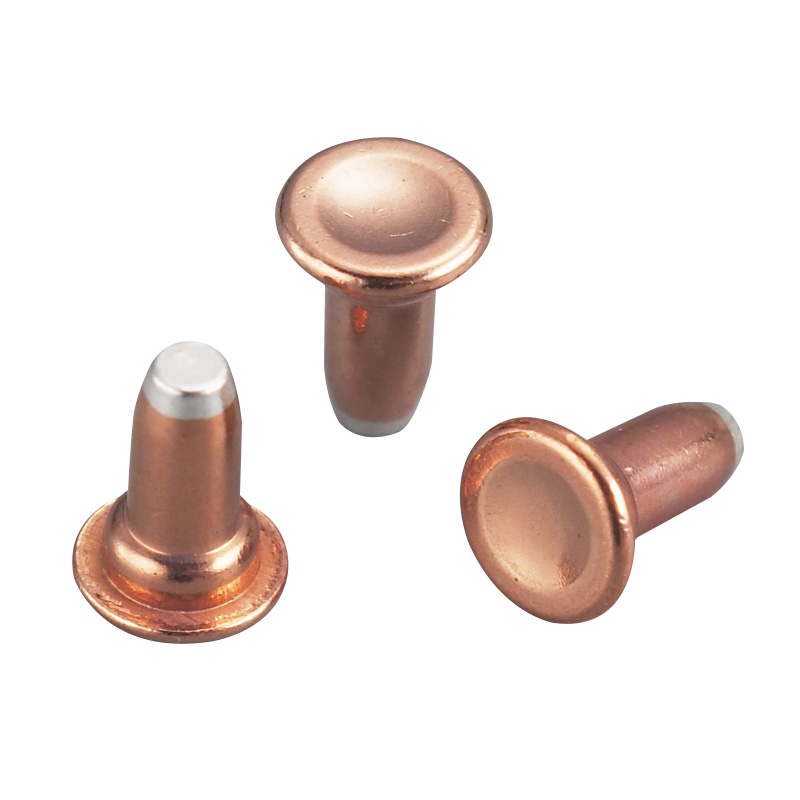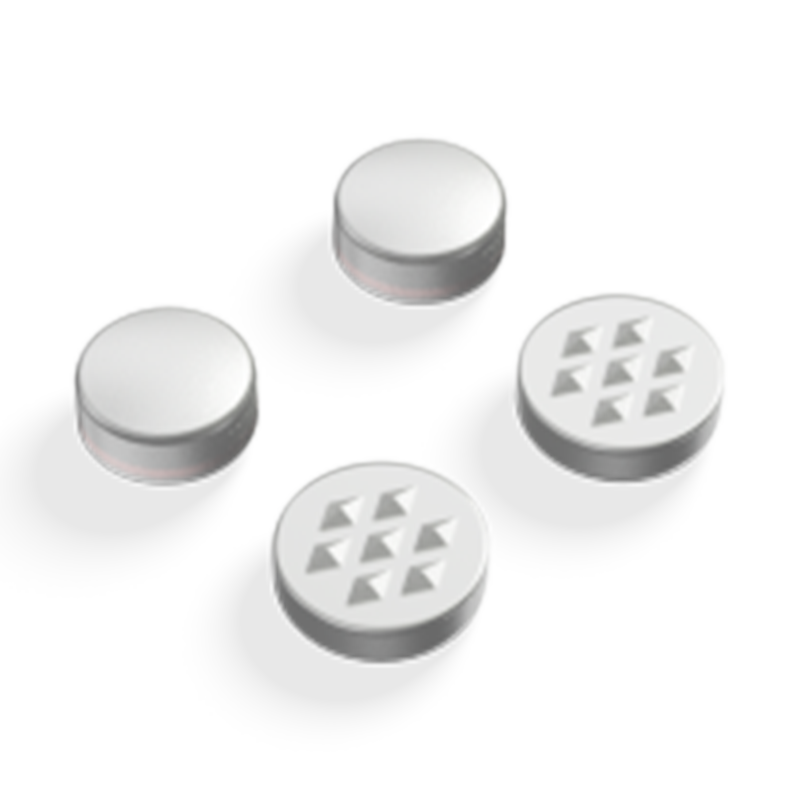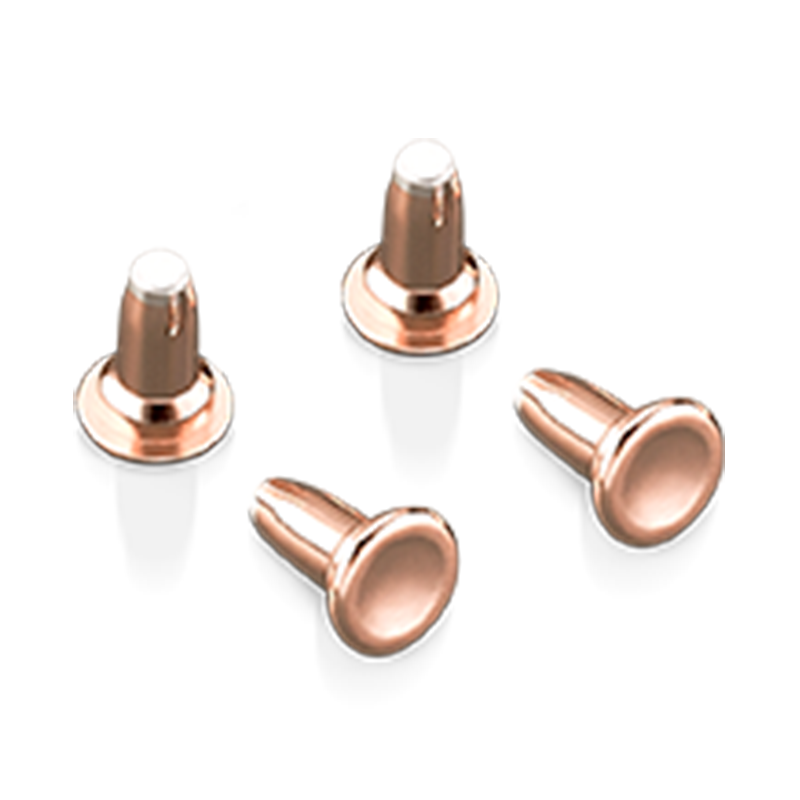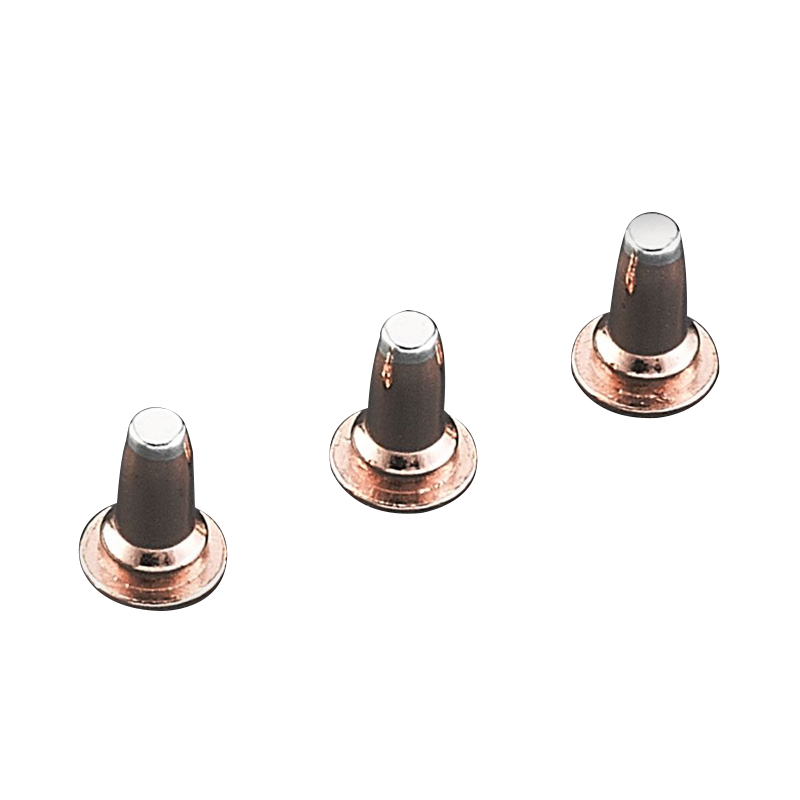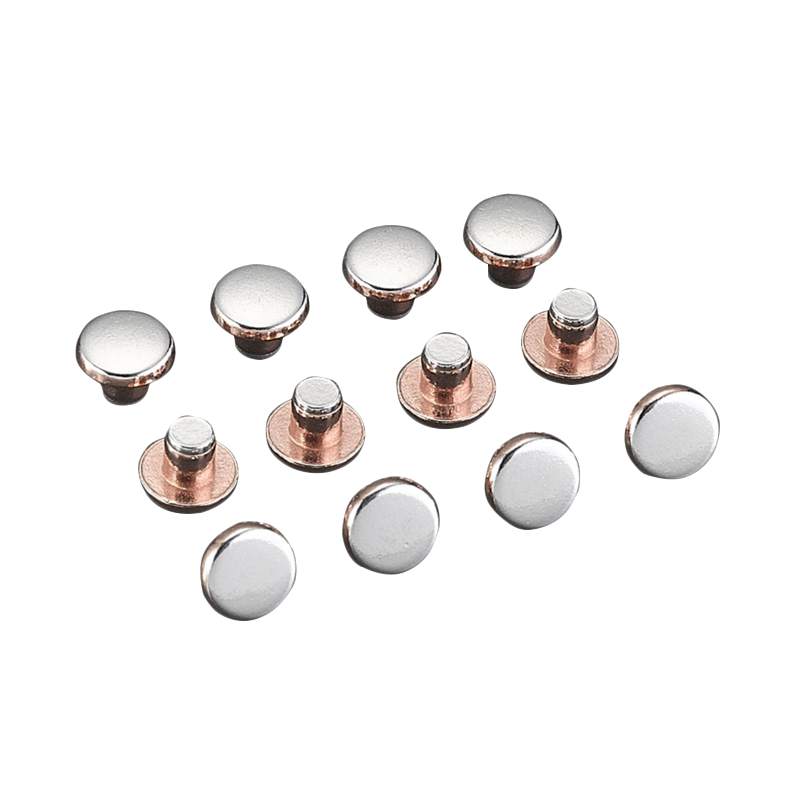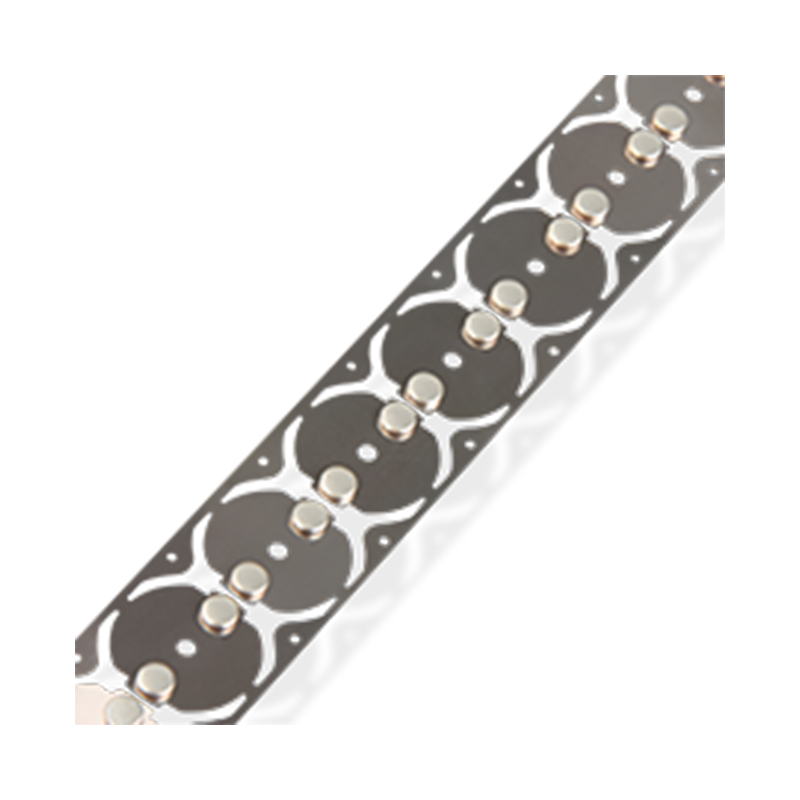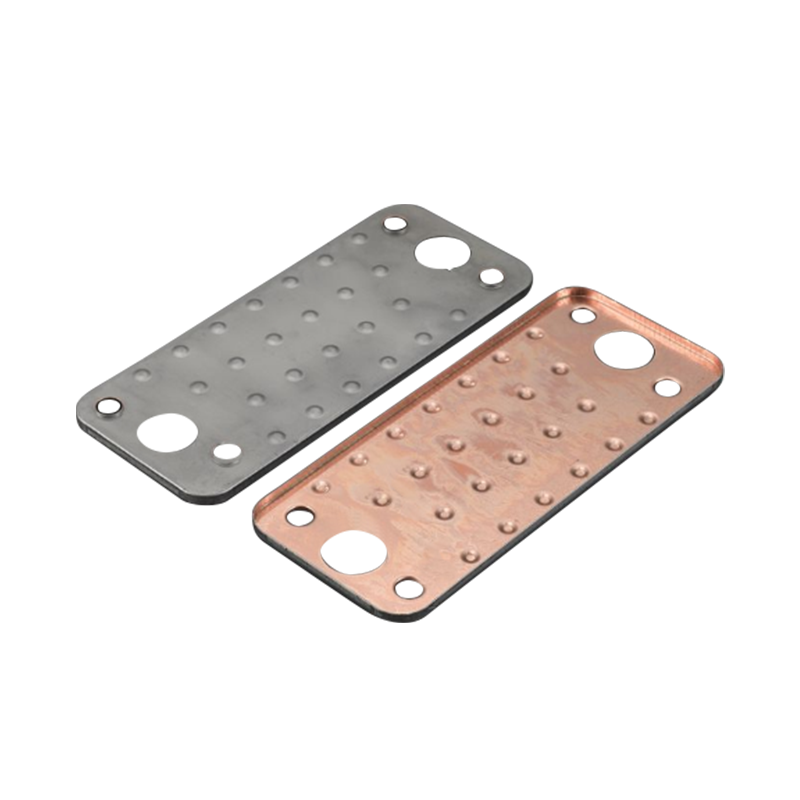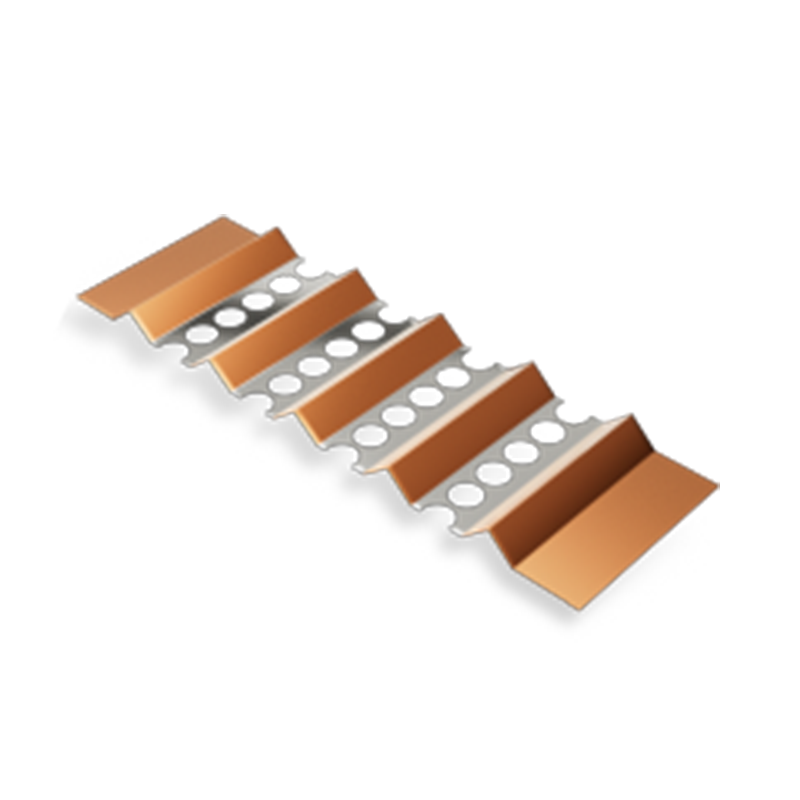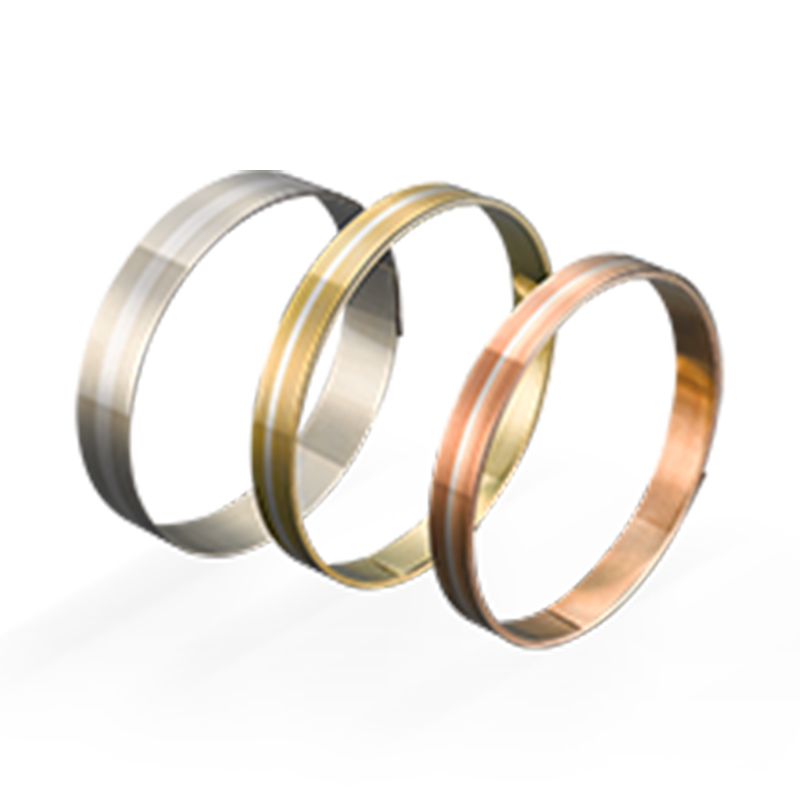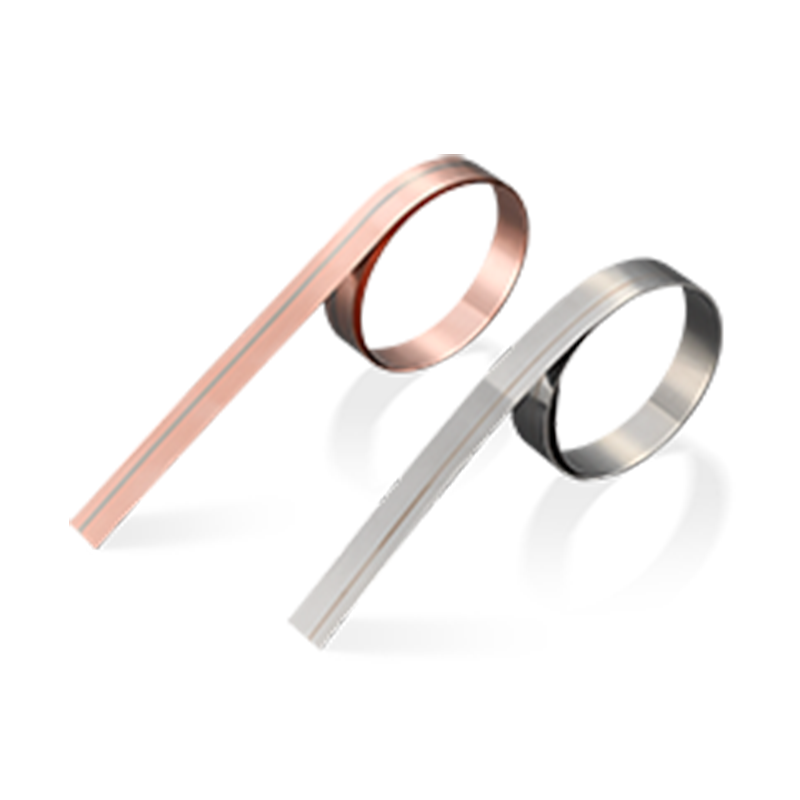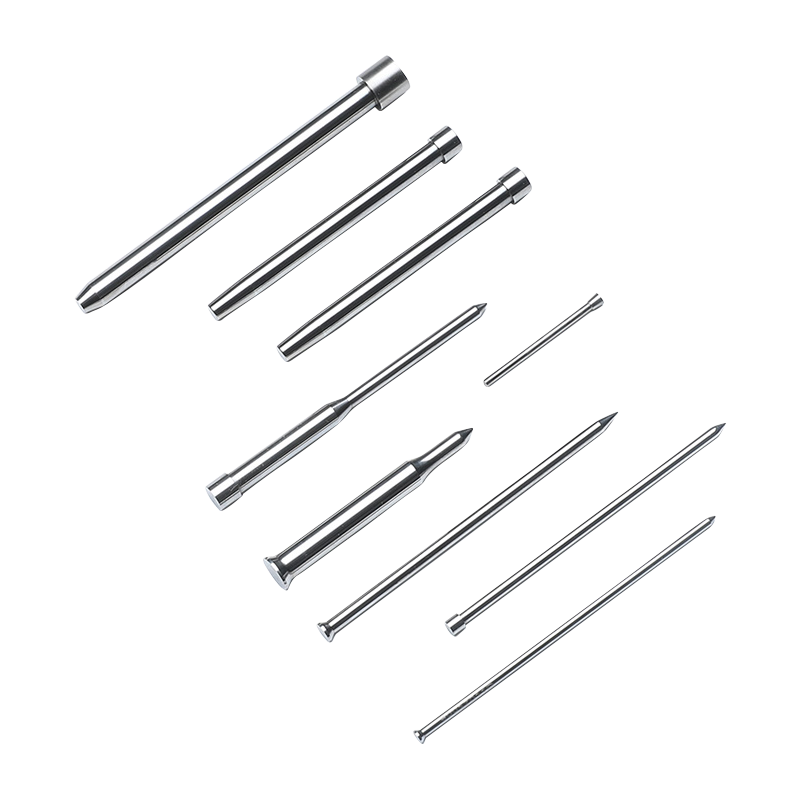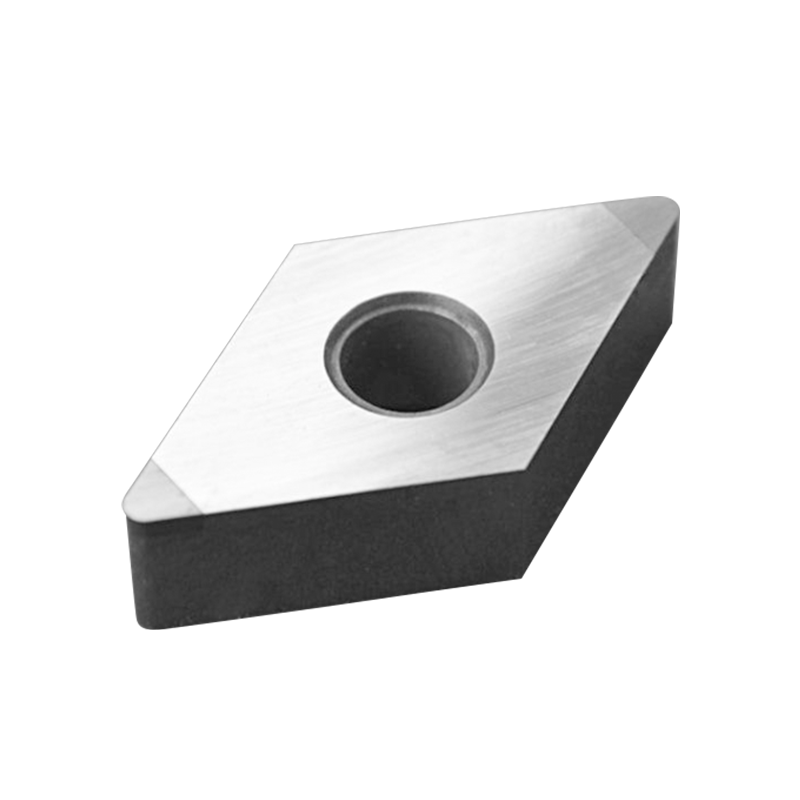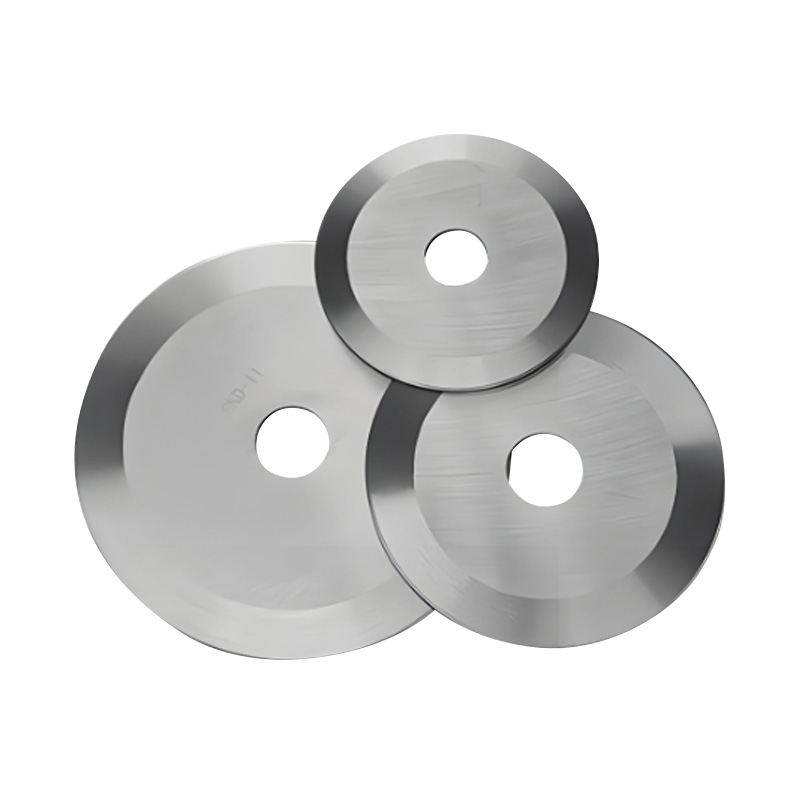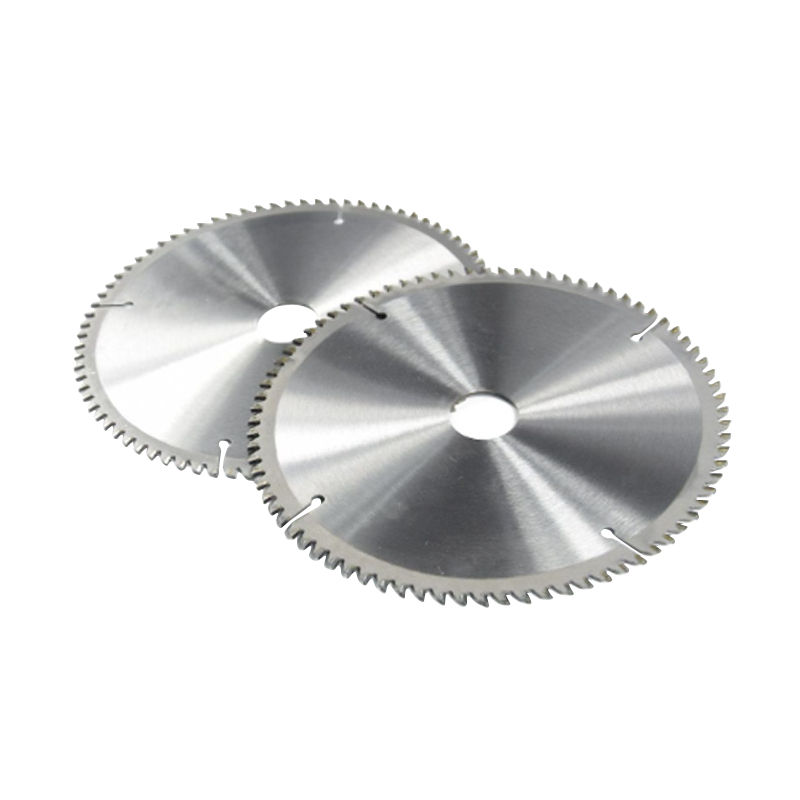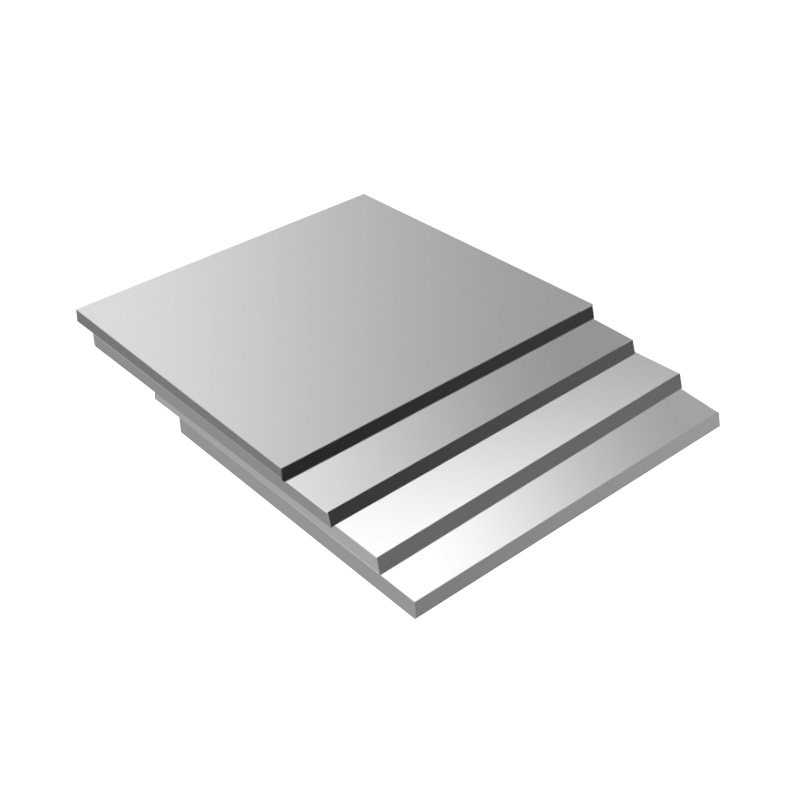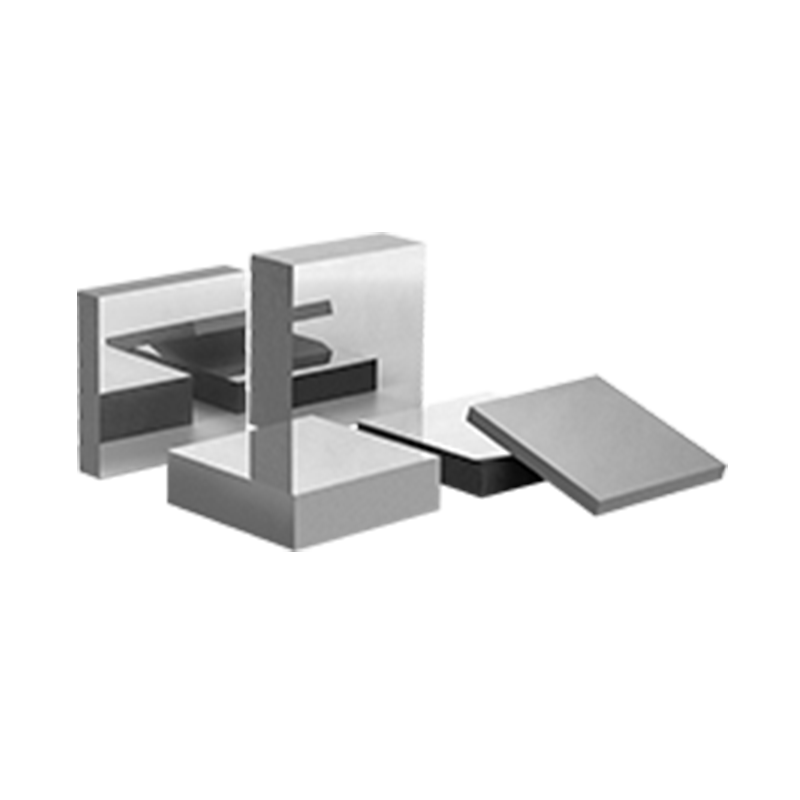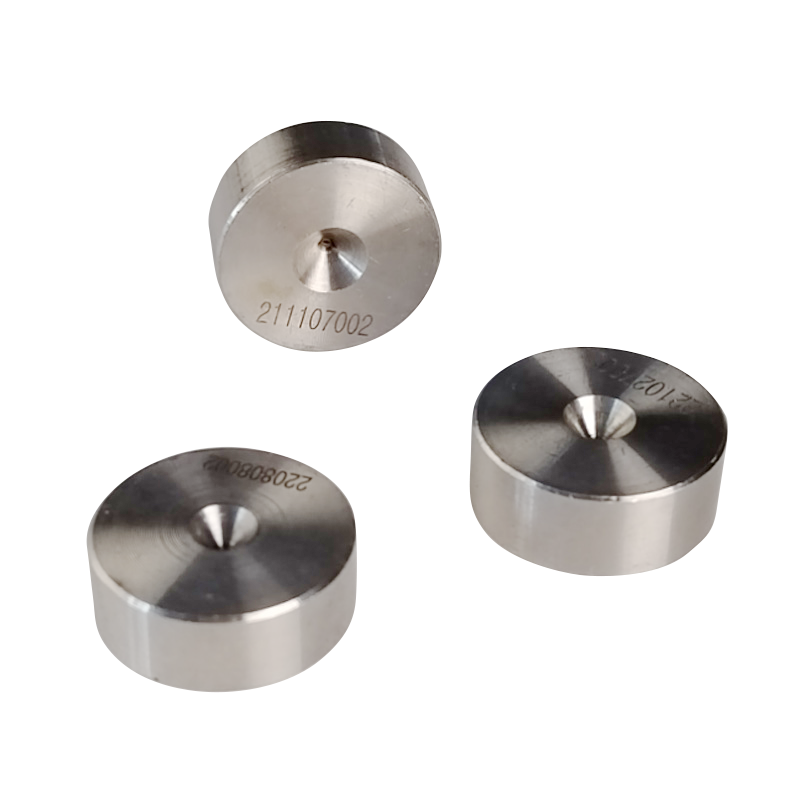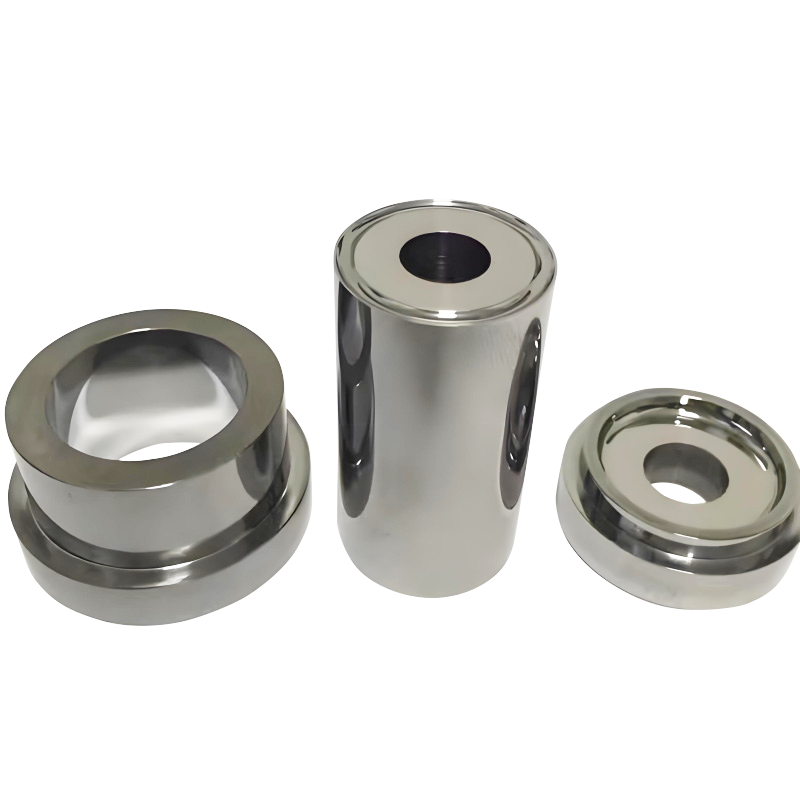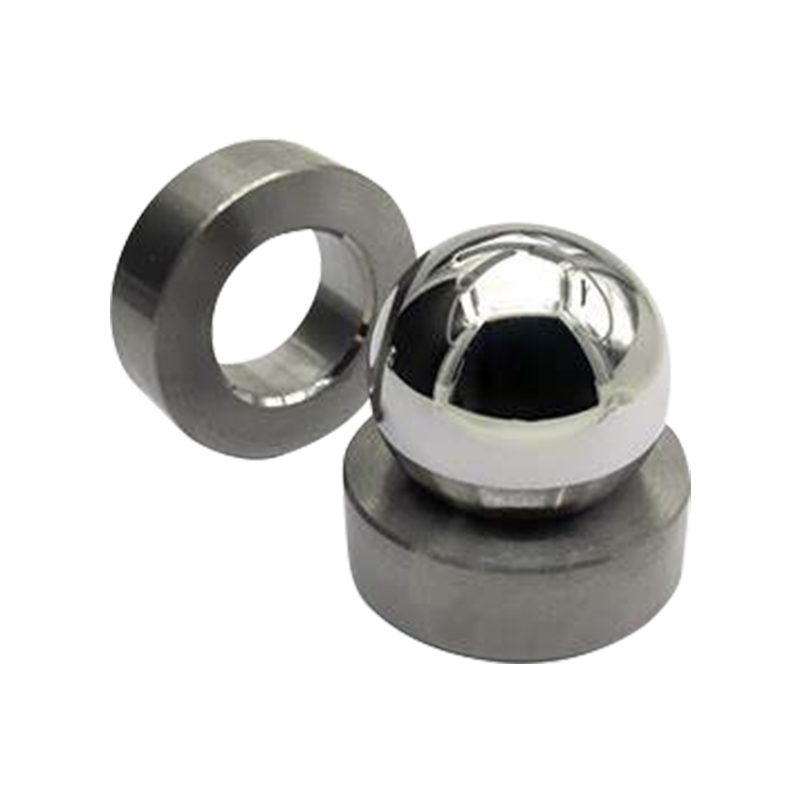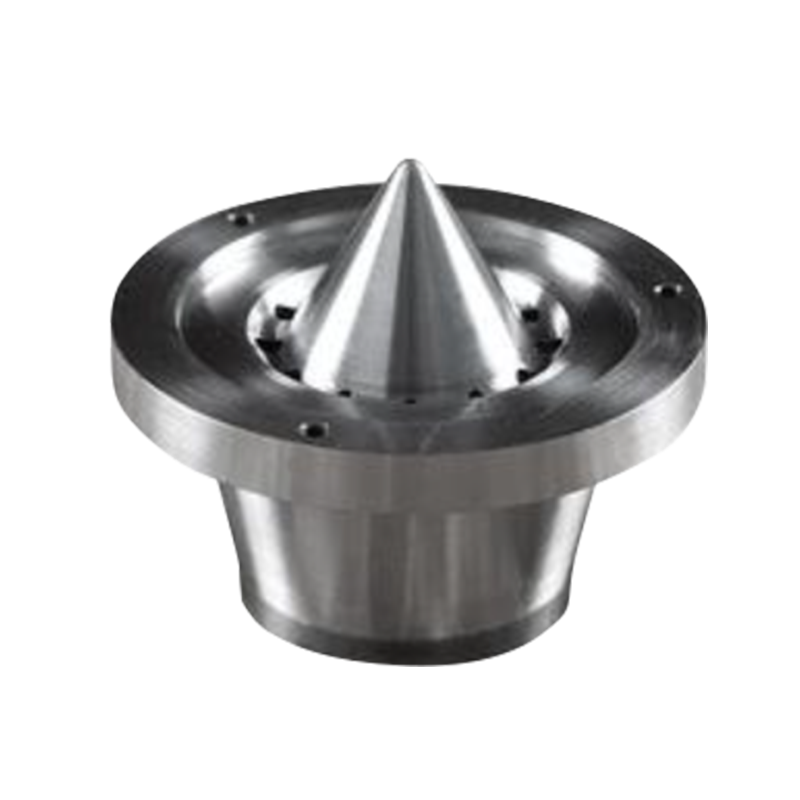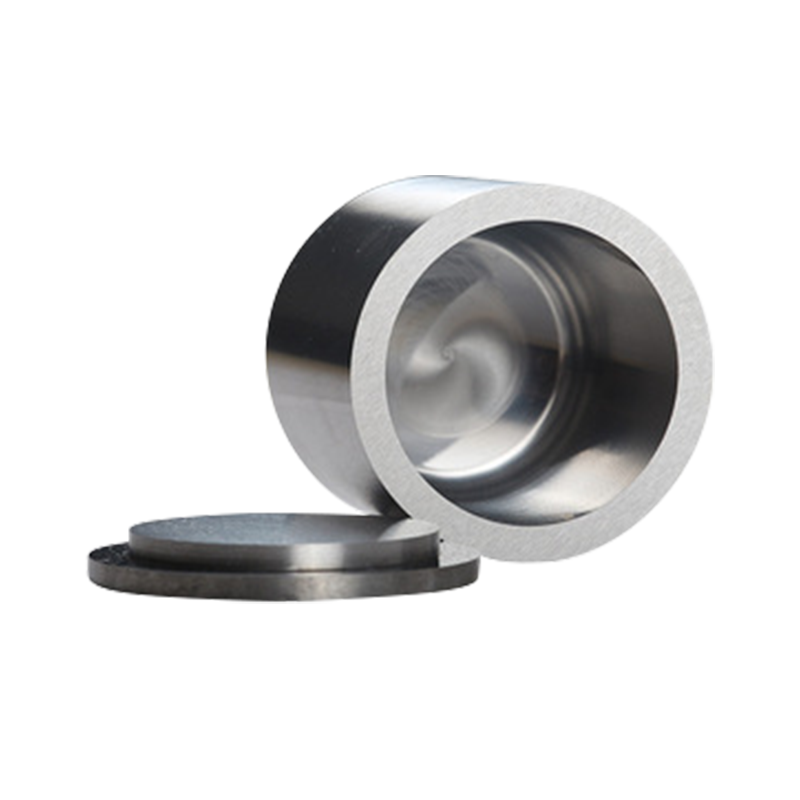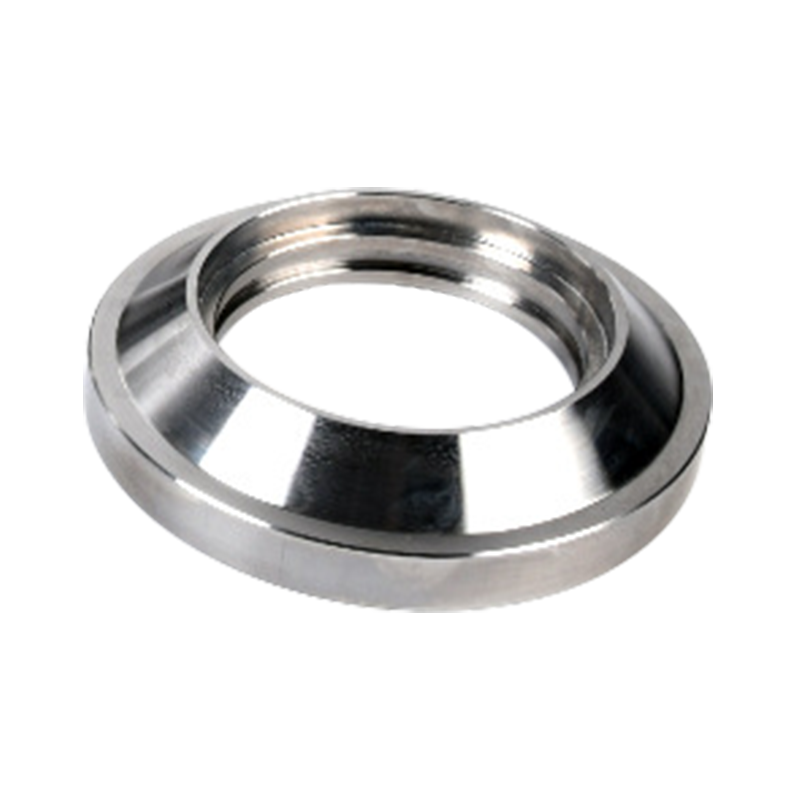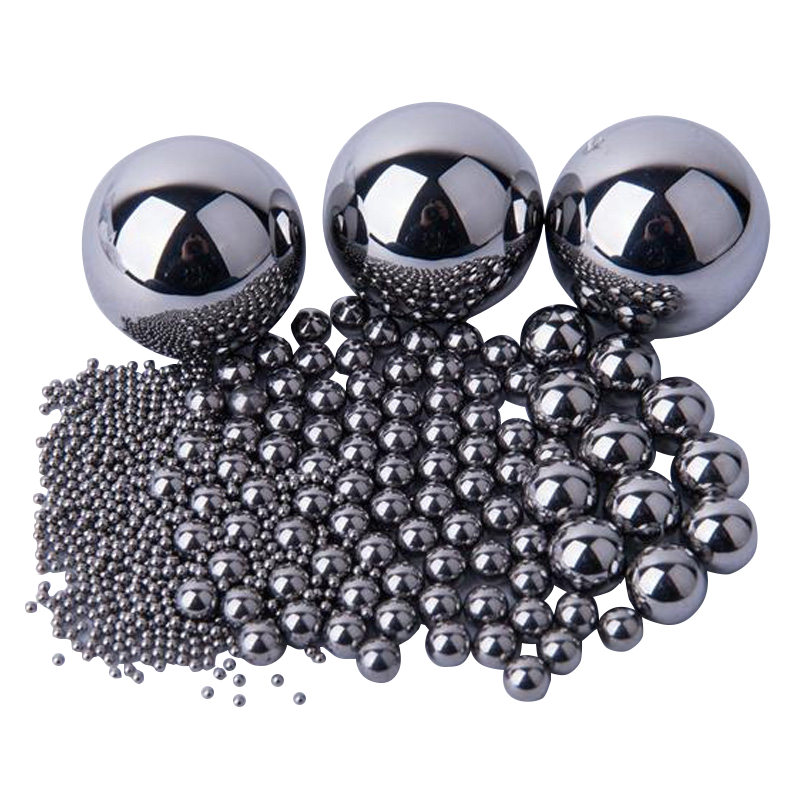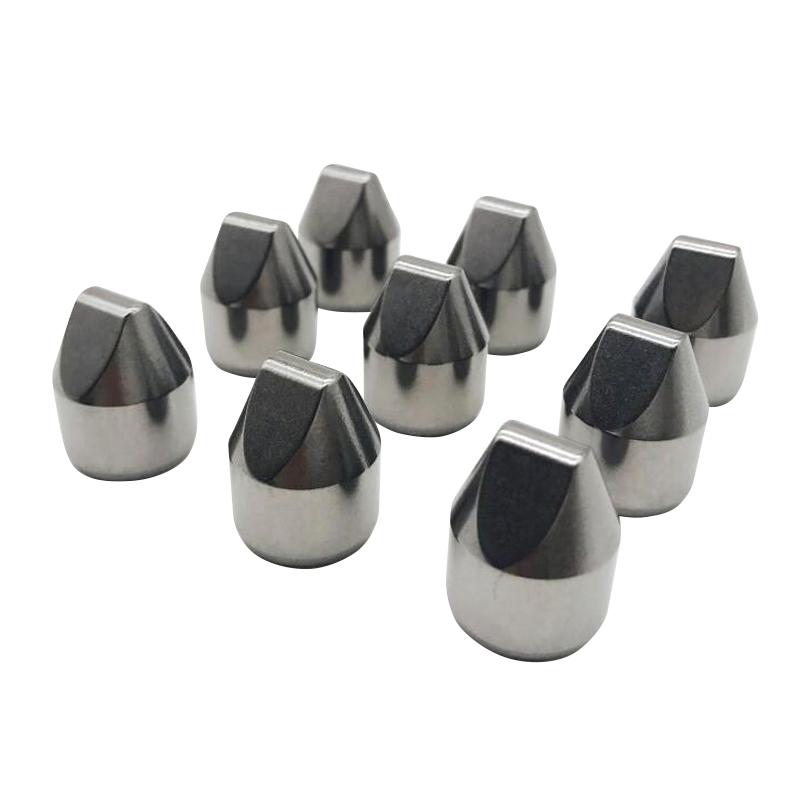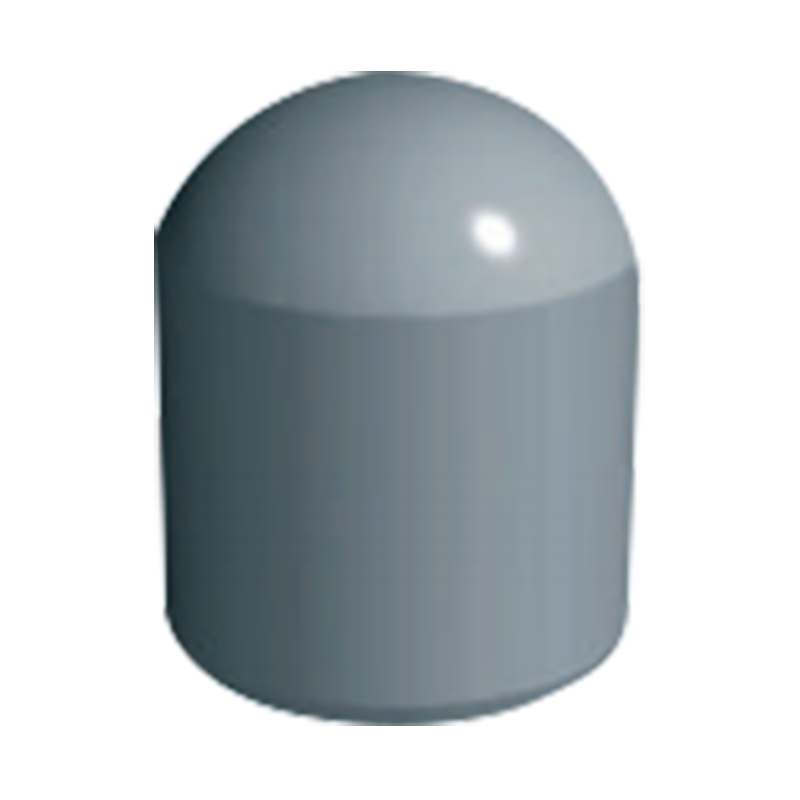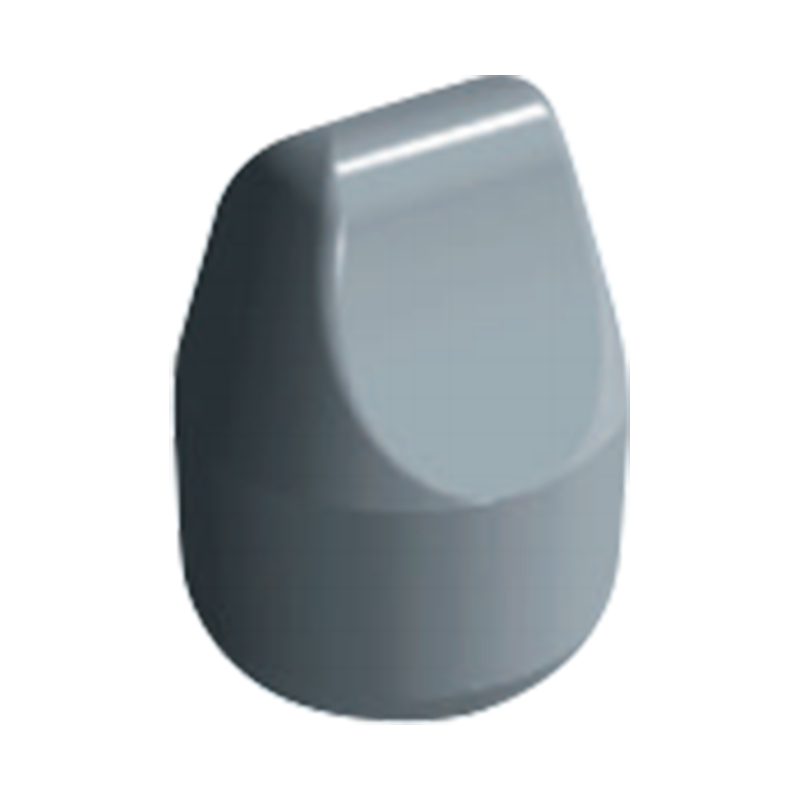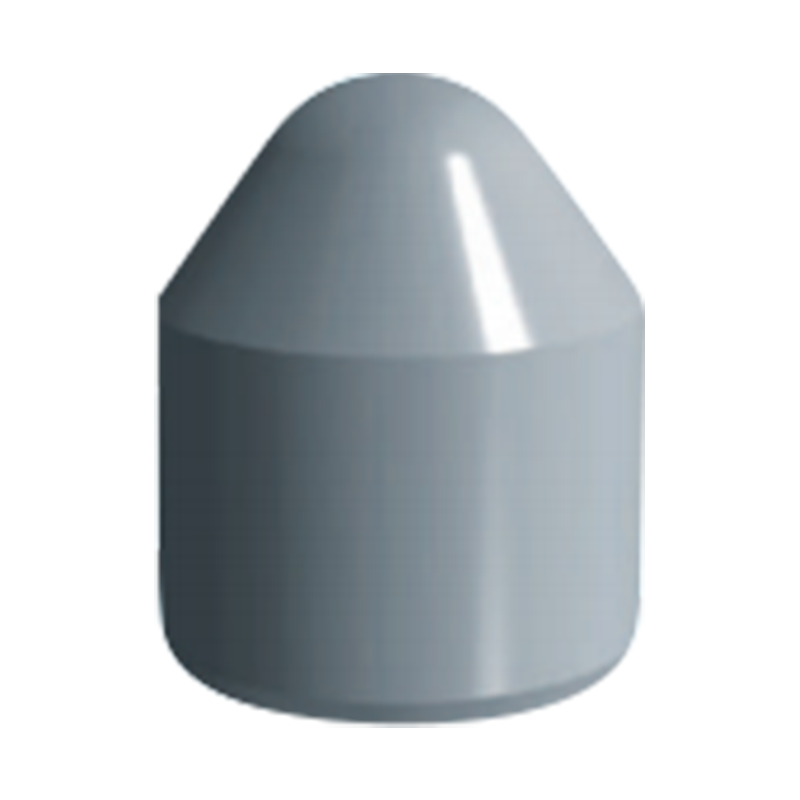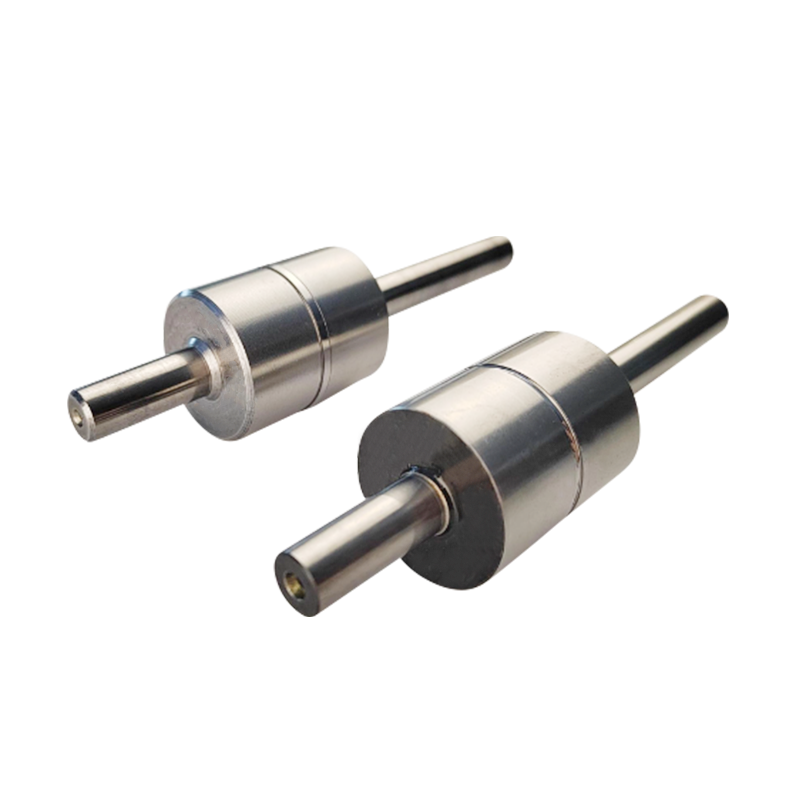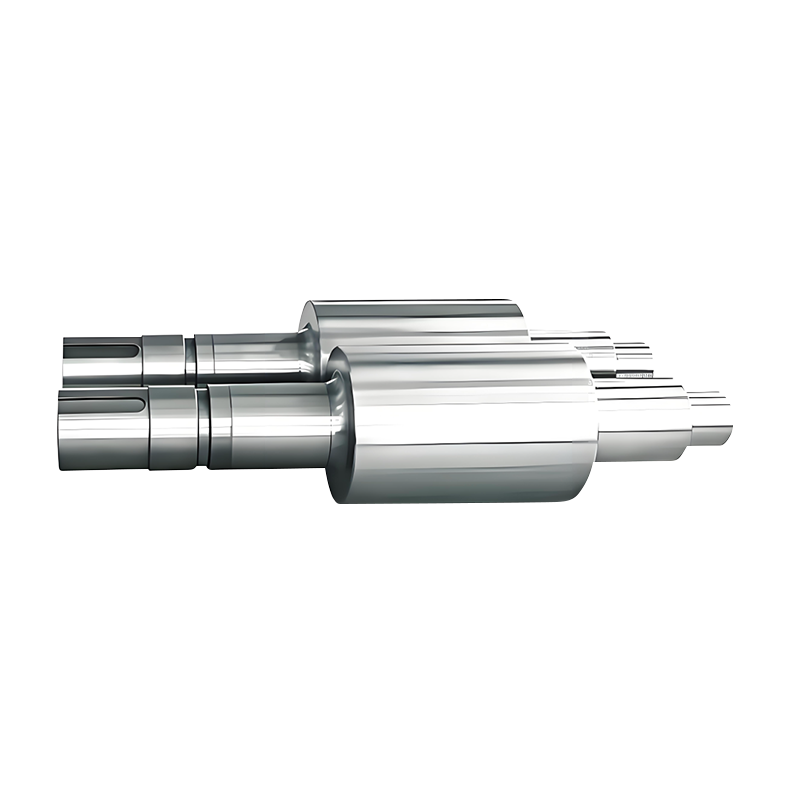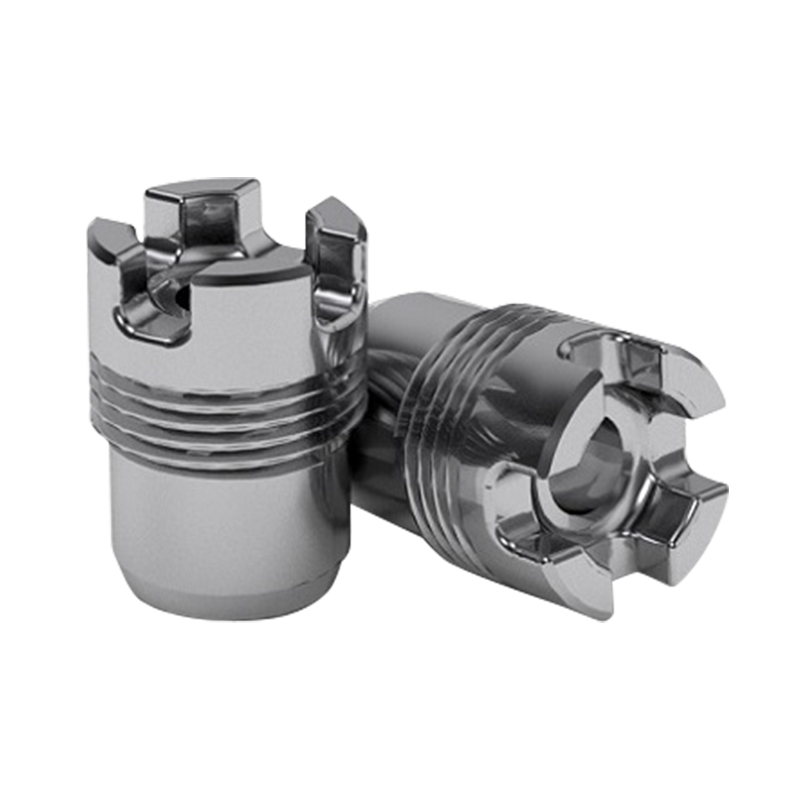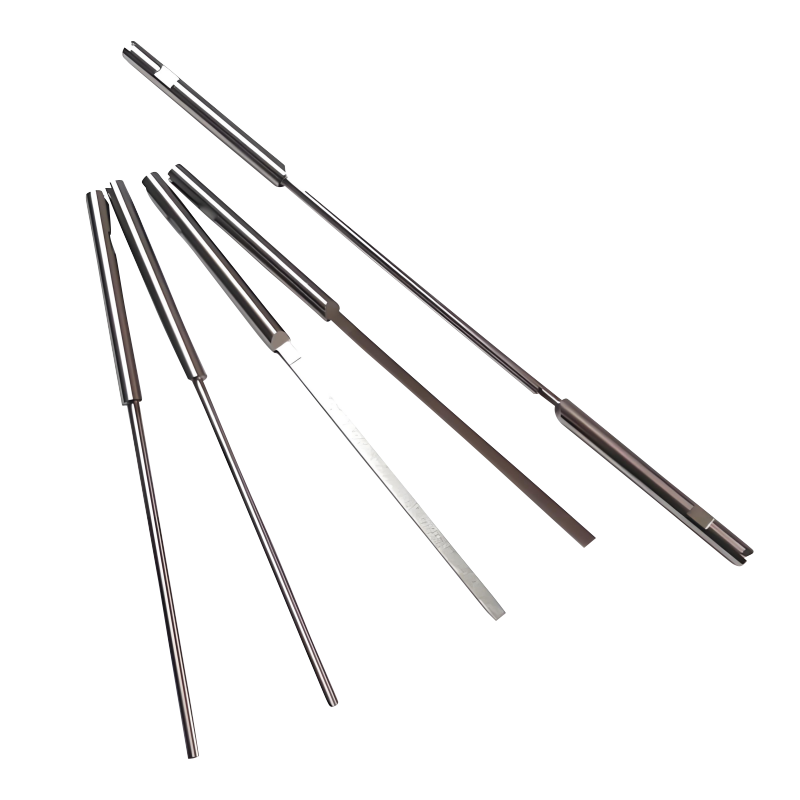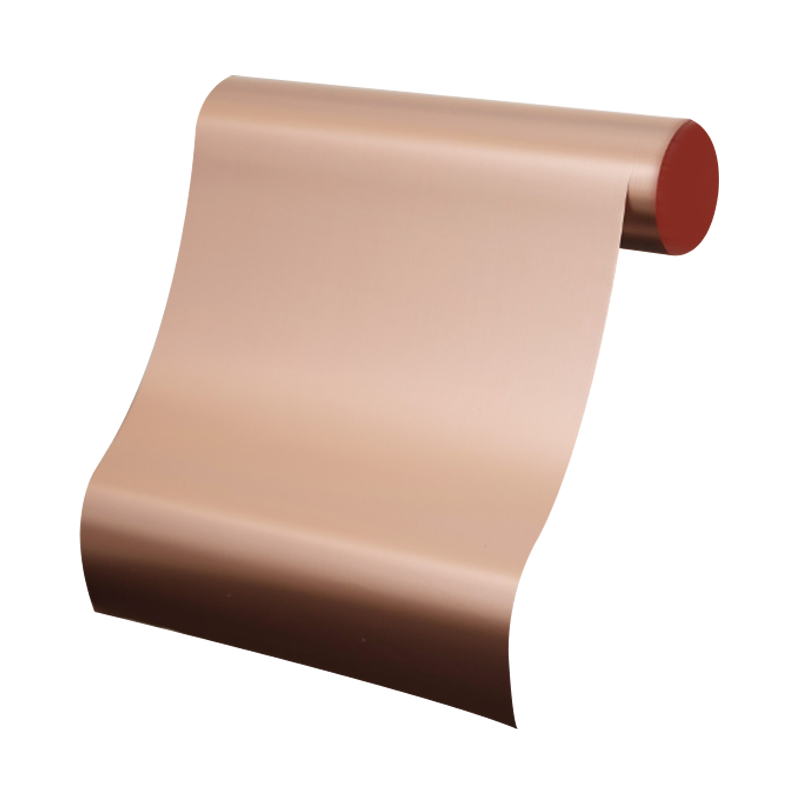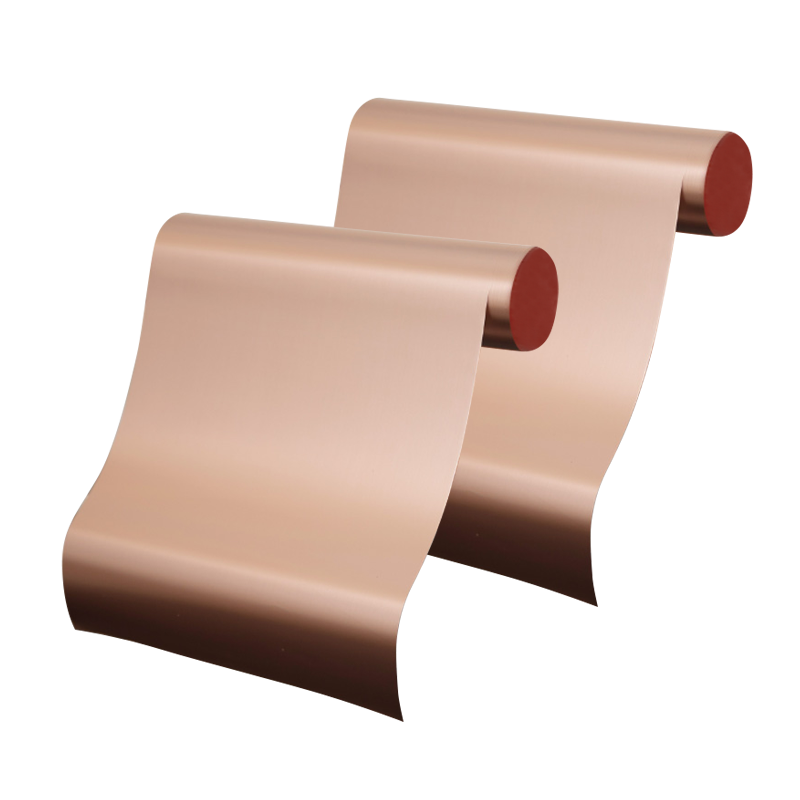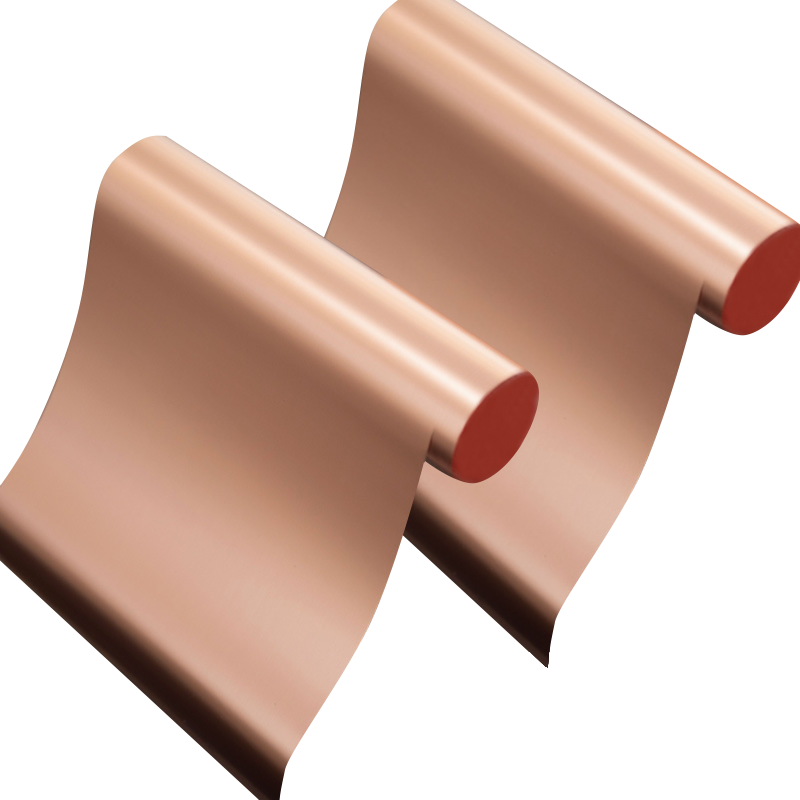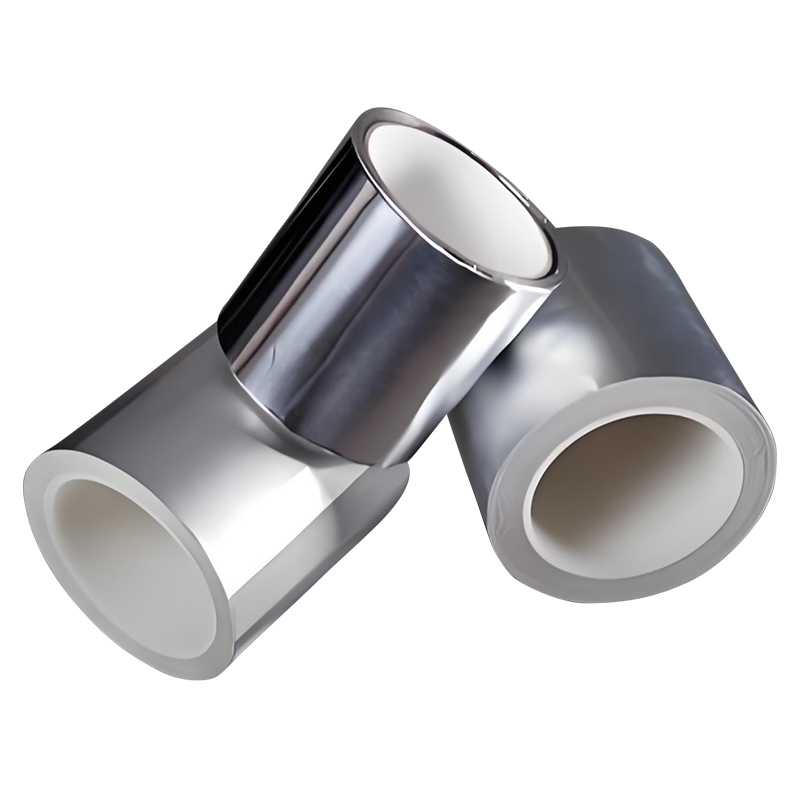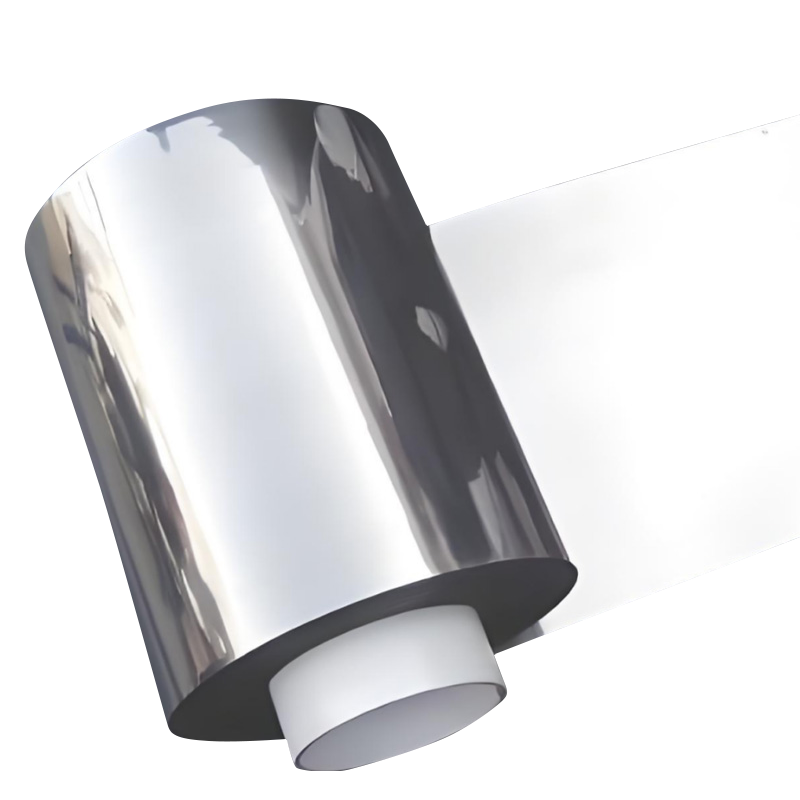If you need any help, please feel free to contact us
- Silver Alloy Electrical Contact Materials
- Copper Alloy Electrical Contact Materials
- Multi-layer Composite Materials
- Special Type Of Wire
- Thermal Bimetal Material
- Copper Steel Composite Material
- Copper Aluminum Composite Material
- Silver Copper Composite Material
- Copper Nickel Composite Material
- Aluminum Nickel Composite Material
- Aluminum Steel Composite Material
- Noble Metal Complex
Inside the Precision Manufacturing Process of Tungsten Carbide Spheres for Demanding Applications
From aerospace to oilfield equipment, the demand for high-performance components has driven the continued evolution of tungsten carbide spheres. These precision-engineered balls play a critical role in extreme environments where conventional materials simply can’t hold up. As a manufacturer deeply rooted in hard material processing, we’ve found that understanding the production journey of these spheres isn’t just technical—it’s essential for engineers, procurement teams, and R&D specialists looking to make informed, performance-focused decisions.
The process begins at the powder level, where tungsten carbide powder, typically WC mixed with a binder such as cobalt or nickel, is carefully prepared for pressing. Particle size distribution, powder purity, and binder content are key parameters that influence the final characteristics of the sphere. Achieving uniform distribution is critical here—not only for ensuring consistent hardness across the material but also for avoiding internal voids that could weaken the finished ball under high stress or rotational loads.
Once the composition is ready, the next phase is cold isostatic pressing or die pressing. This step forms the rough sphere, often referred to as a “green body.” At this stage, the tungsten carbide ball is not yet fully hardened but has taken on its near-net shape. Careful pressure control ensures that the ball maintains dimensional uniformity and density throughout its volume. Any deviation here could affect concentricity and balance, both of which are essential in high-speed bearing systems or precision valve applications.
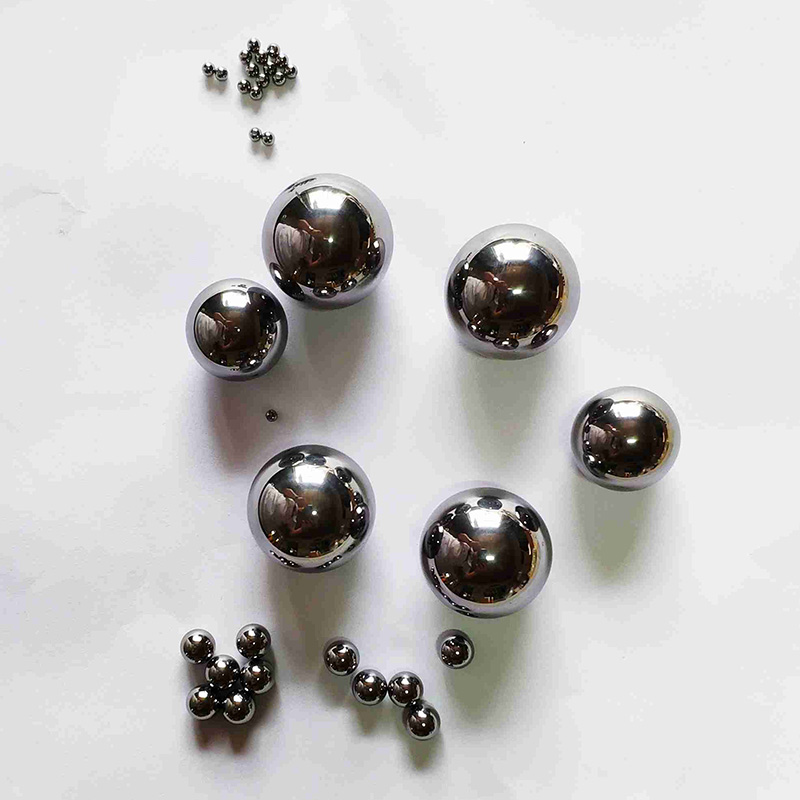
The pre-sintered balls then undergo high-temperature sintering, often in a vacuum or hydrogen-reduction environment. This process densifies the ball and creates the mechanical integrity for which tungsten carbide is known. Shrinkage is closely monitored, as it determines the final size and mechanical properties. Temperature gradients, binder migration, and carbide grain growth are tightly controlled because they directly impact wear resistance and overall durability.
After sintering, the real finesse comes in shaping the perfect tungsten carbide sphere. Grinding and lapping are employed to achieve exacting tolerances—often within microns. Depending on application needs, surface finishes can range from matte to mirror-smooth. Advanced measuring equipment, including coordinate measuring machines (CMMs) and roundness testers, are used to verify sphericity, roundness, and dimensional consistency. This step is where we align craftsmanship with technology to ensure every carbide sphere performs to specification.
For certain applications, additional surface treatments or coatings may be applied to improve corrosion resistance or reduce friction. Some customers require customized compositions or tolerance levels, and that’s where flexibility in the manufacturing process becomes a real advantage. Whether you're sourcing for downhole drilling tools or medical-grade flow control devices, the ability to tailor carbide ball properties to exact performance requirements is a critical edge we proudly offer.
When choosing a tungsten carbide sphere supplier, the manufacturing process tells you more than just how the product is made—it reveals the depth of material science and quality control behind it. As a dedicated manufacturer, our aim is not only to supply precision products but also to support your engineering goals with technical insight and reliability. For industries where failure isn’t an option, investing in high-grade tungsten carbide balls is not just a smart choice—it’s a necessary one.
- Tel:
+86-18857735580 - E-mail:
[email protected]
- Add:
No. 5600, Oujin Avenue, Wenzhou Marine Economic Development Demonstration Zone, Zhejiang Province, China
Copyright © Wenzhou Hongfeng Electrical Alloy Co., Ltd. All Rights Reserved. Metal Composite Materials Manufacturers

 en
en English
English Deutsch
Deutsch

